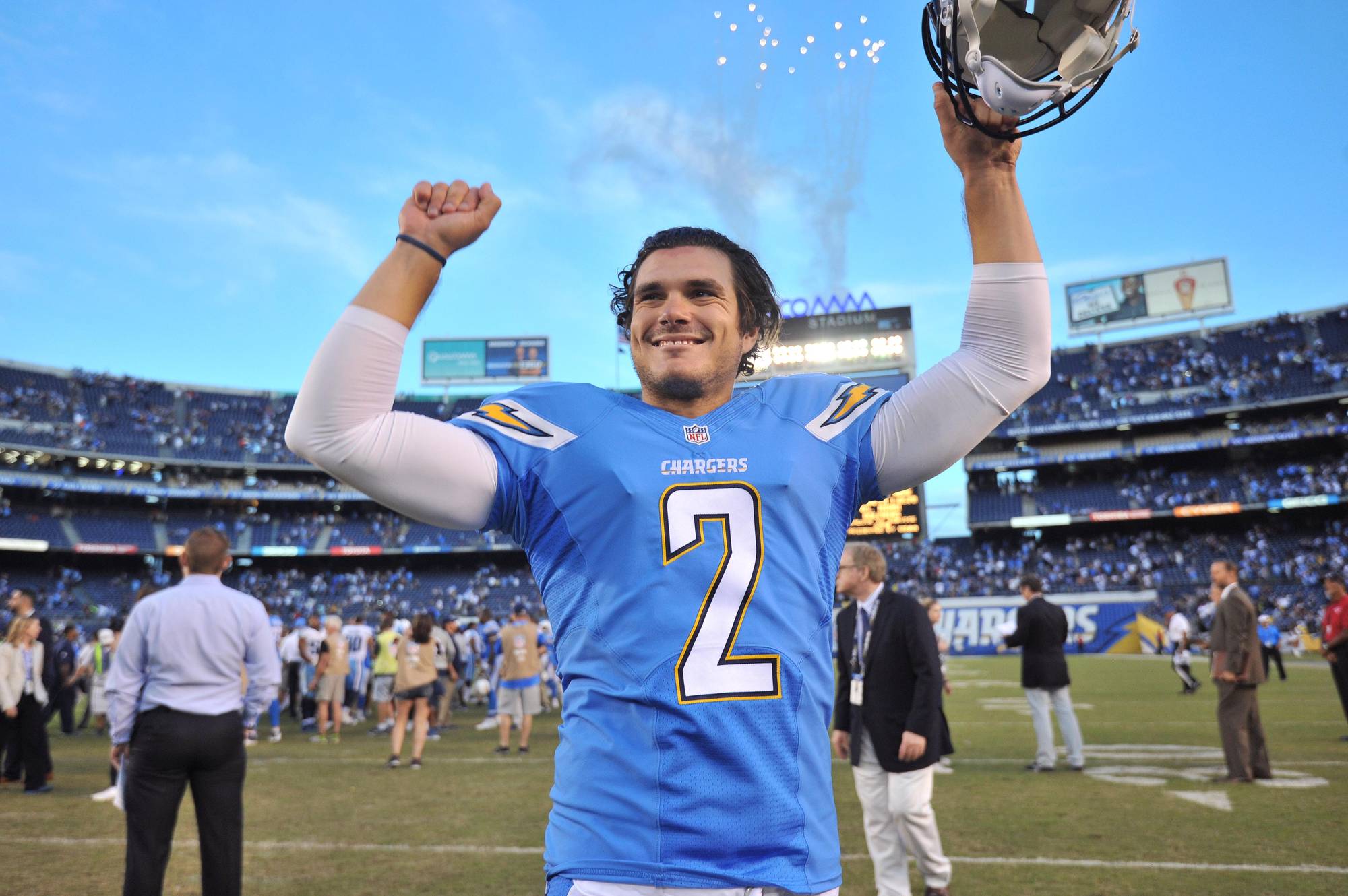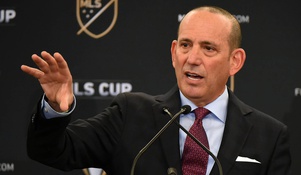Follow Up: San Diego Chargers Ballot Initiative for Stadium Funds Fails

The voters went to the polls yesterday and cast their ballots for the candidates of their choice as well as to vote on referendum questions on a variety of issues. In San Diego, the voters in that city had Measure C on their ballot which dealt with whether to raise tourism and hotel taxes to subsidize $1.5 billion for a new stadium for the Chargers.
That figure also includes funds to expand and renovate the city’s Convention Center to attract larger events to the downtown area. The measure failed to pass because it required 66% of voters to affirm the results and the final tally was 57% against and 43% for the approval of the funds.
This news leaves the shroud of uncertainty over the Chargers and their future in San Diego. I have written numerous articles on this topic in the past, and I have never had a positive feeling about Measure C, so this result does not surprise me. My rationale behind that feeling is that the public opinion of the team took a major hit when they attempted to move to Los Angeles and their proposal was denied by the NFL last year. Many residents felt like the team was abandoning them after over 5 decades of history in San Diego. This sentiment carried over to the voting booths yesterday.
The obvious question now is: where does that leave the Chargers and the City of San Diego? The answer is not very clear and depends upon what reports you read. Some of those reports feel that the Spanos family (which owns the team) will not relocate the team but will find a way to make a different deal for a stadium.
Conversely, other reports have the Chargers moving to Los Angeles (which they have the option to do) in time for the 2017 football season. That would cost the team about $15 million per year over the next four years in payments to San Diego under the terms of their current lease with the city which keeps the team there until 2020.
In addition, it would cost the Chargers a hefty relocation fee to move to L.A. in the neighborhood of $350 million to $375 million paid to the NFL. However, some in the local media feel that Dean Spanos will negotiate a deal with San Diego regarding the $15 million per year payment for lease violation; but that still leaves them on the hook for the relocation fee which the NFL will not negotiate.
Some reports state that Spanos does not want to be a tenant in the new Rams stadium in Los Angeles and have to share a facility with another team. San Diego is a much smaller market but the Chargers would keep their football exclusivity there and have a rich history there with a devoted fan base. I have written previously about the challenges of entering the market with another team, especially after the Rams have already cracked open that L.A. market, it is very difficult to compete for sponsorships and season ticket packages in that scenario.
The one near certainty in this situation is it appears that the downtown San Diego stadium concept is no longer viable. The San Diego Padres baseball team as well as several area business and community groups have all come forward with strong dissention to the development of a downtown football stadium. The site for the proposed venue was very close to where the Padres play baseball and the schedules for both sports have some overlap which would create traffic nightmare scenarios on days where both teams could have hosted games.
The Mission Valley proposal seems to be back in play as the reasonable alternative now that Measure C has been defeated by the voting public. The Chargers currently play in that area of the city at Qualcomm Stadium, and the city government owns the land, so the construction of a new facility on that same site could begin relatively quickly. Since it will take probably two to three years to complete construction, time is of the essence in this situation, making this option a good middle ground for both parties.
The Spanos family had almost completely shut the door on the Mission Valley site in the past. However, my feeling is that they are not about to leave over fifty years of history on the table and pay somewhere in the neighborhood of $400 million to become a tenant someone else’s stadium in a new market in Los Angeles after the Rams have had a head start in cultivating that market.
I have mentioned it in earlier articles, but when I was in San Diego, I stayed in Mission Valley and I am familiar with the stadium site where they currently play. It is probably the best remaining alternative on the board for Chargers and the city right now. The downtown site had several issues right from the conception of the idea that were going to create problems. I understand that they envisioned that site and the convention center being a unique spot for a Super Bowl or other large scale events; but a new stadium in Mission Valley will most definitely bring the Super Bowl back to the city.
San Diego is a perfect location for the NFL’s biggest event between the weather, and the proximity to Los Angeles, it is tailor made for the Super Bowl. It is this reason why I think the Chargers will remain in San Diego, and that a compromise will be reached on a new stadium deal in Mission Valley in the near future. In the end, only time will tell if my instincts are correct.


